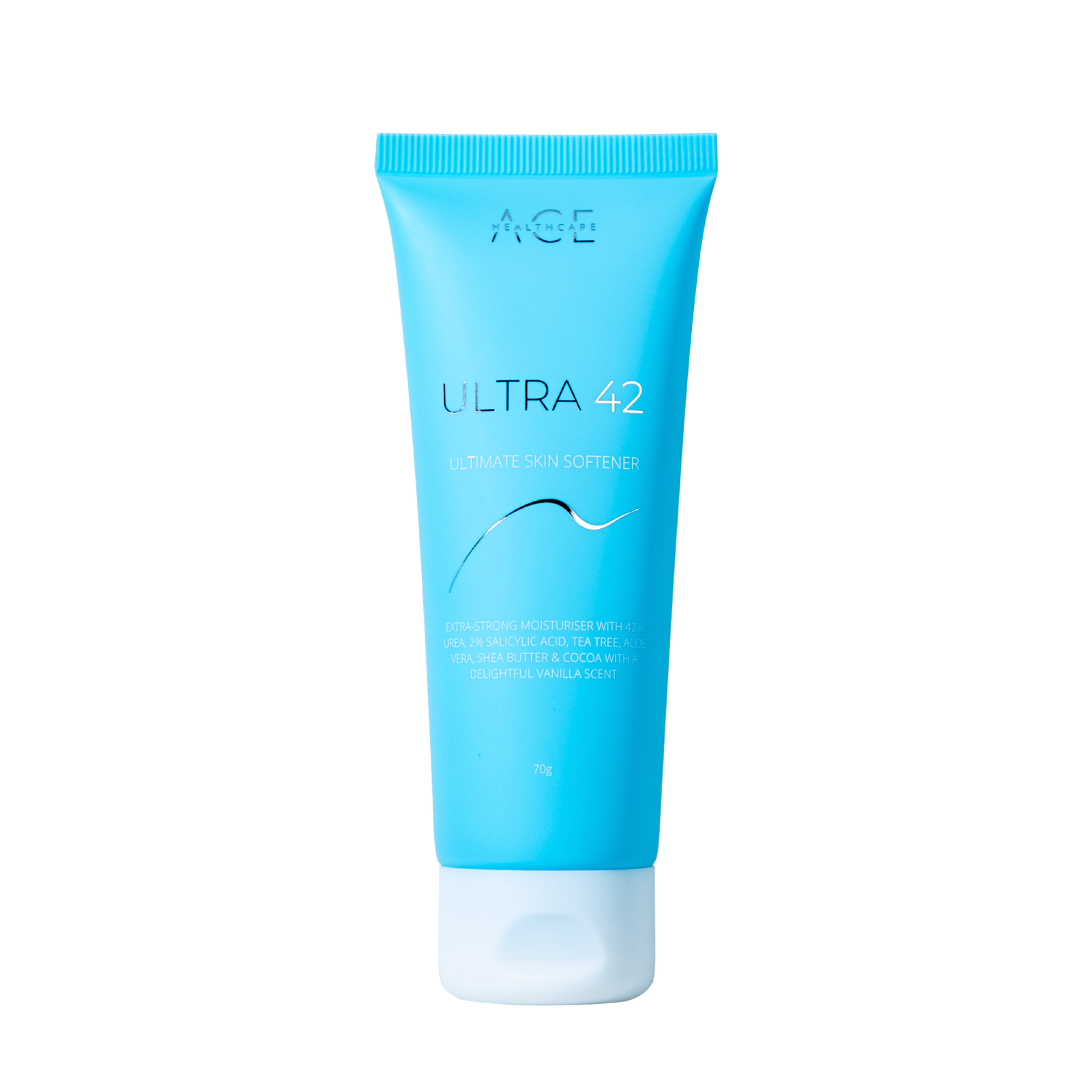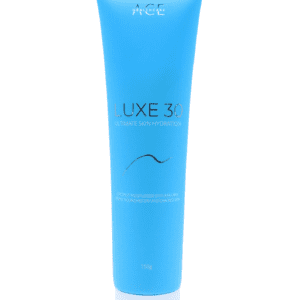Having fungal toenails can be an uncomfortable and sometimes embarrassing condition. Characterised by yellowing, thickened, and brittle nails, onychomycosis — or simply toenail fungus — poses not just a cosmetic issue but potentially a serious health concern.
If you’re battling with this persistent problem, or if you’re a health enthusiast keen on keeping fungal infections at bay, you’ve come to the right place. This post will walk you through what you need to know about fungal toenails and the most effective treatments available.
Understanding Toenail Fungus
Toenail fungus is an infection beneath the surface of the nail caused by fungi. When the tiny organisms take hold, the nail may become discoloured, thickened, and prone to crumble at the edge. It can affect several nails but typically not all of them.
Common Causes and Risk Factors
- Warm and Moist Environments: Fungi thrive in warm, moist conditions, making areas like gym locker rooms and swimming pools common sources of infection.
- Tight Footwear: Shoes that constrict the feet can create conditions for fungi to grow.
- Ageing: Reduced blood circulation and slower nail growth, often seen in older adults, can increase the risk of fungal infection.
Symptoms to Look Out For
- White or yellow streaks on the nail
- A nail that’s flaky or can be easily pulled away from the nail bed
- Scaling under the nail, which may have a nasty odour
- A discoloured and thickened nail that might separate from the skin
Treatment Options for Fungal Toenails
It’s important to consult with a podiatrist to confirm a diagnosis and discuss the most appropriate treatment option based on your specific condition. Treatment can take a while as nails grow slowly and antifungal treatments work best when used consistently over time.
In mild cases, antifungal lotions, creams, and nail polishes might do the trick. For more stubborn infections, oral medications or laser treatments might be necessary. Remember, the earlier you tackle the problem, the easier it will be to see results.
Topical Treatments
Topical antifungal creams or liquids can be bought over the counter, and are applied directly to the affected toenails. These work best for milder infections, and in conjunction with good foot hygiene.
At Foot Health Solutions, we stock NailKalm which is clinically proven to kill nail fungus. NailKalm® contains a powerful natural ingredient called Amycot, which helps kill the fungus by destroying the chitin/chitosan polymers found in the fungal cell wall, causing it to collapse and die.
Oral Antifungal Medications
Oral medications, prescribed by your Podiatrist or GP, can help a new nail grow free of infection, gradually replacing the infected part. These medications require monitoring by your podiatrist or other healthcare professional due to potential side effects. While success rates are often reported as the highest of all treatments, this is reliant on full adherence to the 12 weeks of treatment, and adherence to treatment can be low due to adverse side effects.
Side effects can include headache, loss of taste, and abdominal discomfort, or more seriously, congestive heart failure, liver toxicity and drug contraindications. Routine blood testing typically needs to be carried out throughout the course of treatment.
Medicated or Doctor-Formulated Nail Polish
Ciclopirox (Penlac) is an antifungal nail polish that can be applied to infected nails and surrounding skin. It typically needs to be prescribed by your doctor or podiatrist.
We stock Dr.’s Remedy nail care and polishes. All products are made with a blend of biotin, tea-tree oil, antifungal garlic bulb extract, lavender, wheat protein and antioxidant vitamins. Not only do they deliver long-lasting colour, they also tackle issues like dryness, discoloration and nail fungus. We especially love Restore Ridge Repair which is infused with known antifungal ingredients as well as strengthening biotin, to help heal damage and reverse discolouration.
Medicated Nail Creams and Lotions
Such creams can be prescribed by your podiatrist or GP, and are rubbed into the infected nails after soaking. These types of treatments are often better absorbed into the nail after the infected nails are thinned out using a lotion that contains urea. Your podiatrist can assist with cutting, shaping and thinning the nails in advance of using this treatment method.
Laser Therapy
Emerging therapies include treatments using laser and other light-based technologies to destroy fungal cells. Laser treatment does not require any local anaesthesia, and there is no recovery period, nor any side effects or visible harm to the nail or skin. How many laser treatments are required will be determined by the number of infected nails, the severity of the infection, as well as your age and general health.
Prevention Tips
- Keep your feet dry and clean.
- Use antifungal powders or sprays regularly.
- Opt for breathable footwear.
- Change socks daily or when they become damp.
- Never walk barefoot in public pool areas or locker rooms.
Conclusion
Living with fungal toenails can be frustrating, but it’s not a battle you have to face alone. Armed with the right information and treatment from your podiatrist, you can restore the health and appearance of your nails. Remember, patience is key, and diligence with the treatment regimen is essential for successful outcomes.
Final Takeaways
- Recognise the signs and symptoms early.
- Choose the appropriate treatment based on the infection severity.
- Maintain foot hygiene and adopt preventive practices.
- Consult with a podiatrist for personalised care.
Everyone’s feet deserve to feel and look good. With the right care, you can put your best foot forward, free from the grips of fungal infection.
As always, if you have any serious concerns about your feet or lower limbs we encourage you to visit your podiatrist. If you are based on the Gold Coast, we highly recommend our friends at ProMed Podiatry for their holistic approach to foot health.






